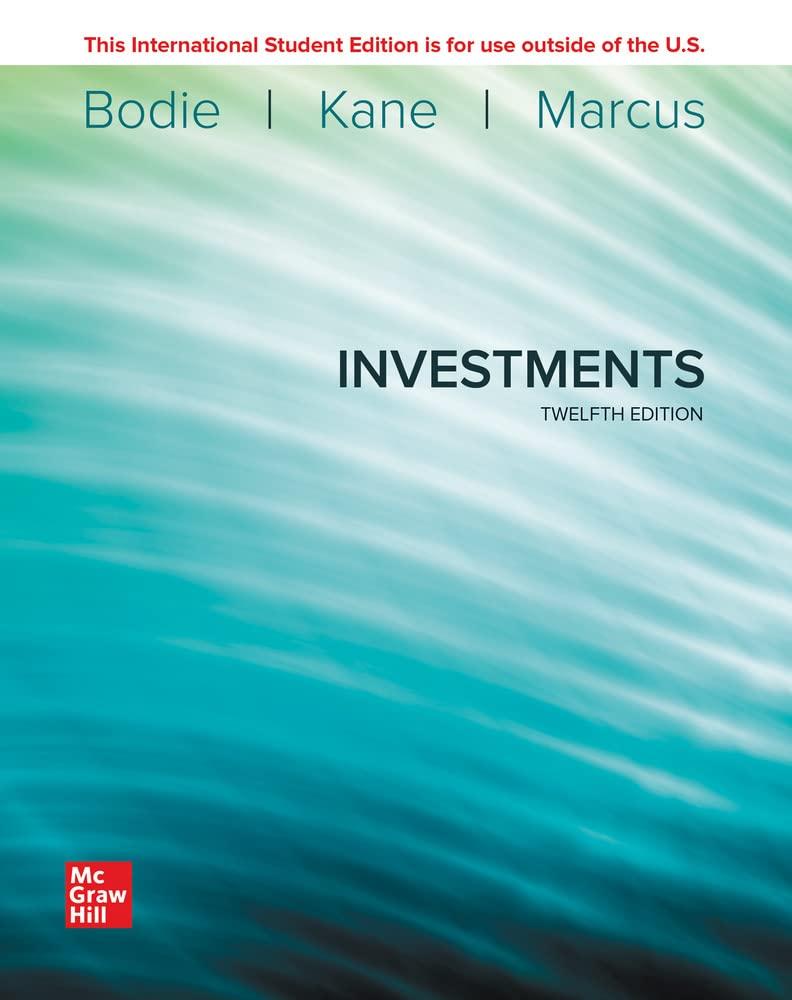Answered step by step
Verified Expert Solution
Question
1 Approved Answer
Solve these out. Question 1 (i) Using mean-variance portfolio theory, prove that the efficient frontier becomes a straight line in the presence of a risk-free

Solve these out.


Step by Step Solution
There are 3 Steps involved in it
Step: 1

Get Instant Access to Expert-Tailored Solutions
See step-by-step solutions with expert insights and AI powered tools for academic success
Step: 2

Step: 3

Ace Your Homework with AI
Get the answers you need in no time with our AI-driven, step-by-step assistance
Get Started


